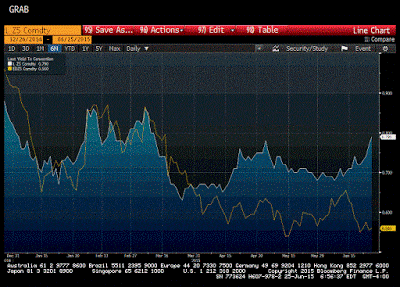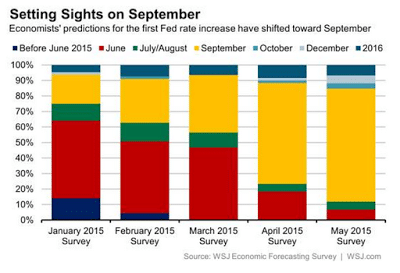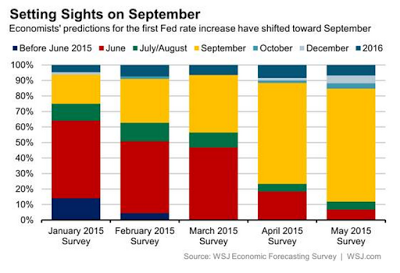Does the Fed or BOE Blink First and Raise Rates?
A week ago, the UK reported a largest than expected rise in average weekly earnings for the three months through April. The 2.7% rise is the highest in four years.
It followed a revised 2.3% increase in March, originally reported at 1.9%. Recall that last June average weekly earnings had actually fallen by 0.2% on a three-month year-over-year basis.






